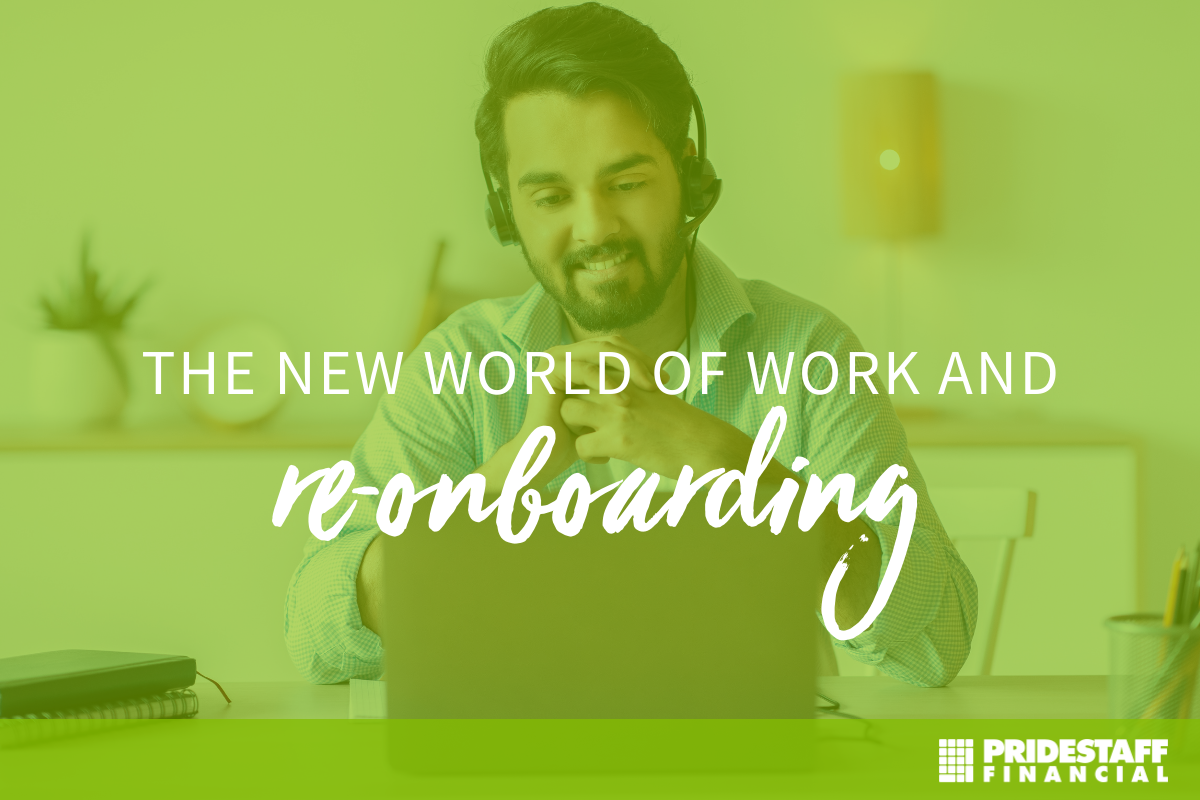Re-Onboarding for a New World of Work

The world of work changed at a breakneck speed over the past year, propelling remote work policies and monumental socio-political events. Employees are looking to their companies for leadership and support for their wellbeing as they navigate new work challenges, and the best employers are responding in kind. Many organizations are taking stock of how they onboard new employees to create a meaningful, welcoming, and inclusive moment that prepares them for their future in the organization.
Be future-focused:
In bringing new talent, employers need to rethink their approaches to employee engagement across an increasingly diverse and distributed workforce. You should be asking: What should organizations work on now to ensure new hires can quickly acclimate to new positions and feel supported in a new and changing workplace? How can employers engage a new generation of talent for the long haul? What social and emotional challenges may employees face post-pandemic, and how can the onboarding experience support their personal needs?
Management plays a crucial role in onboarding:
Managers need to be intentional and consistent in helping new hires, and current employees adapt to existing dynamics within the organization. Be firm and dedicated to strengthening management’s capabilities for empathy, listening, responsiveness, creative solutions, transparency, and flexibility. It’s also imperative that management realizes the expected behaviors from employees in a virtual/hybrid setup will look different than they used to. In addition to meeting business targets, employees will need to develop skills for thriving in the “new normal.” This applies to new hires and all employees as they slowly phase back into an “in-office” work environment. It’s important to remember—employees have grown accustomed to working remotely and adapting, now they are being asked to re-adapt yet again.
Meet your new buddy!
Regular, scheduled one-on-one check-ins are crucial for assuring new hires that they are on track and for managers and employees to get to know each other better. And a buddy system with peer-to-peer mentoring establishes early social connections within the first few weeks.
If you don’t have an ERG, get one! If you have one, it needs to be retooled:
ERG stands for Employee Resource Group. This department is crucial in the best of times. It leverages resources and outsources groups and supports for employees that need help. But many companies are finding this landscape has changed as well, with a strong focus on inclusion and diversity. Organizations looking to hire for diversity must first evaluate and address possible gaps in existing knowledge, experience, and process. For example, unconscious bias and pay equity issues. Sincere efforts speak volumes and make a lasting impact for new employees, especially in this era where missteps can significantly impact employee engagement and employer reputation. ERG’s may need new charters, expansions of purpose, or greater focus to meet new challenges and needs brought up by the pandemic.
Find the Best Job Candidates
PrideStaff Financial has consistently won awards for exceptional client satisfaction. Our highly skilled staffing consultants can help you find the best job candidates to meet your business needs. Contact us today to learn more.



